The parenting behaviors of dinosaurs, creatures that roamed the Earth millions of years ago, have fascinated paleontologists and the public alike. Through careful examination of fossils, nesting sites, and comparative studies with modern relatives, scientists have pieced together compelling evidence about dinosaur parenting. Far from being cold, uncaring reptiles, many dinosaur species appear to have been devoted parents who invested significant resources in their offspring’s survival. This article explores the remarkable ways dinosaurs nurtured their young, highlighting discoveries that have transformed our understanding of these prehistoric creatures.
The Fossil Evidence of Dinosaur Parenting
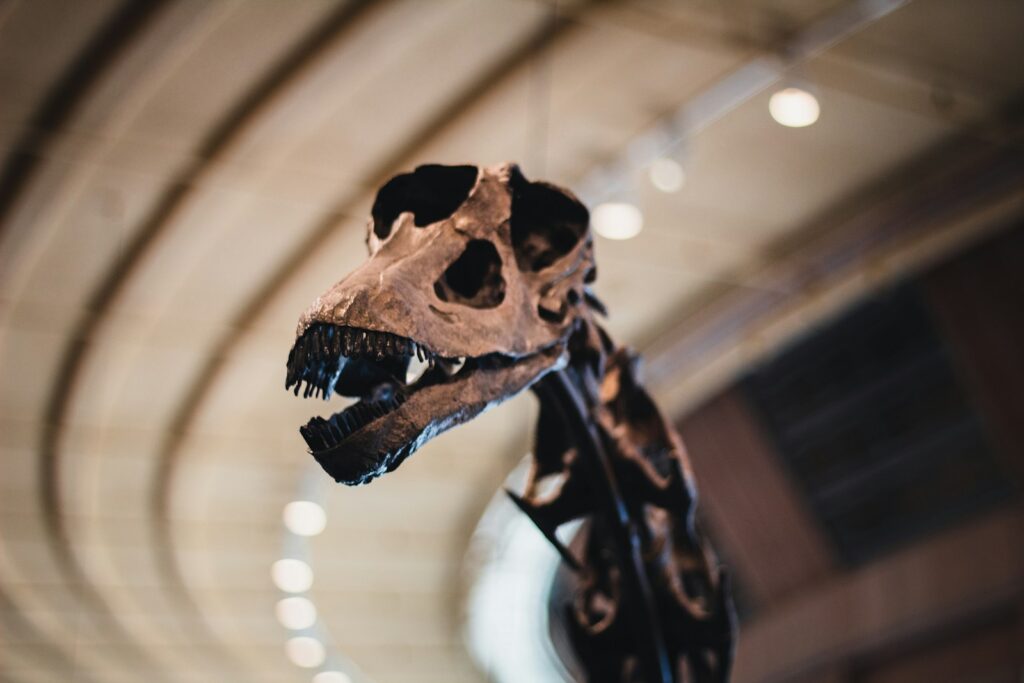
Fossilized nests provide some of our most direct evidence about dinosaur parenting behaviors. Scientists have discovered numerous examples of dinosaur nests containing eggs, embryos, and even parents positioned over their clutches. The famous “Big Mama” fossil, a brooding oviraptor discovered in Mongolia’s Gobi Desert in 1993, dramatically changed our understanding of dinosaur care.
Initially misinterpreted as an egg thief, further analysis revealed this adult dinosaur had died while protecting its own eggs, positioned with its limbs symmetrically arranged around the nest in a protective posture. Such fossils demonstrate that at least some dinosaurs remained with their eggs during incubation, suggesting active parental involvement rather than the lay-and-abandon strategy used by many modern reptiles.
Nest Construction and Egg-Laying Strategies

Dinosaurs invested considerable effort in nest building, constructing environments specifically designed to protect and nurture their developing offspring. Different dinosaur groups employed various nesting strategies based on their size and environment. Hadrosaurs (duck-billed dinosaurs) created massive ground nests containing up to 40 eggs arranged in spiral patterns, while some sauropods dug shallow depressions for their volleyball-sized eggs.
Theropods, including the ancestors of modern birds, often constructed nests using vegetation that generated heat through decomposition, helping to regulate egg temperature. Many dinosaurs buried their eggs partially in soil or plant material, providing protection from predators and environmental extremes while allowing for proper gas exchange necessary for embryonic development.
Communal Nesting Behaviors
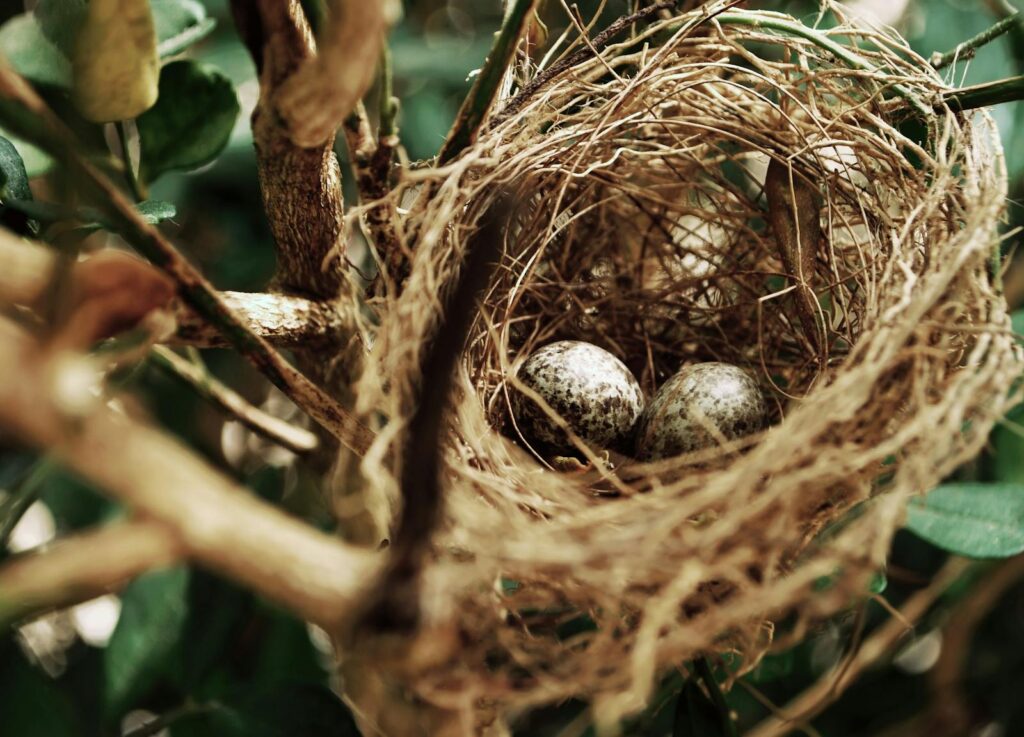
Fossil evidence suggests many dinosaur species practiced communal nesting, with multiple individuals laying eggs in close proximity to one another. Massive nesting grounds discovered in Argentina, Montana, and other locations contain hundreds of nests clustered together, indicating social nesting behaviors similar to those of modern sea turtles or certain bird species.
These dinosaur “rookeries” offered several advantages for offspring survival. The presence of numerous adults likely deterred predators through safety in numbers. Additionally, this arrangement may have allowed for cooperative parenting, with some adults remaining behind to guard nests while others foraged for food. The social environment of communal nesting grounds might also have facilitated learning opportunities for juveniles as they developed within a group context.
Incubation Techniques Among Different Dinosaur Groups

Dinosaurs developed diverse approaches to egg incubation based on their body size and environmental conditions. Small theropod dinosaurs like Oviraptor and Citipati could directly sit on their nests, similar to modern birds, transferring body heat to their eggs. Larger dinosaurs, whose weight would crush eggs, developed alternative strategies. Some may have partially buried their eggs in mounds of decomposing vegetation, using the heat generated by decomposition to warm the clutch.
Others likely used solar heat by placing nests in sun-exposed locations or used geothermal heat in volcanically active regions. Some species regulated temperature through selective burrow placement or by adding or removing nesting material, demonstrating sophisticated temperature control mechanisms that enhanced embryonic development and survival.
Hatching and Early Parental Care

The hatching process represented a critical transition in dinosaur parenting. Fossil evidence reveals that many dinosaur hatchlings remained in their nests for extended periods after emerging from their eggs. This suggests that parents continued providing protection and possibly food during early development stages. Trackway fossils showing adult and juvenile footprints together indicate that at least some species traveled with their young after leaving the nest.
The presence of partially developed teeth in some embryonic fossils suggests certain species could feed themselves immediately, while others likely relied on parents for provisioning. Some dinosaurs may have practiced crop-feeding behaviors similar to modern birds, regurgitating food for their young to ensure proper nutrition during critical early growth periods.
Family Dynamics in Theropod Dinosaurs
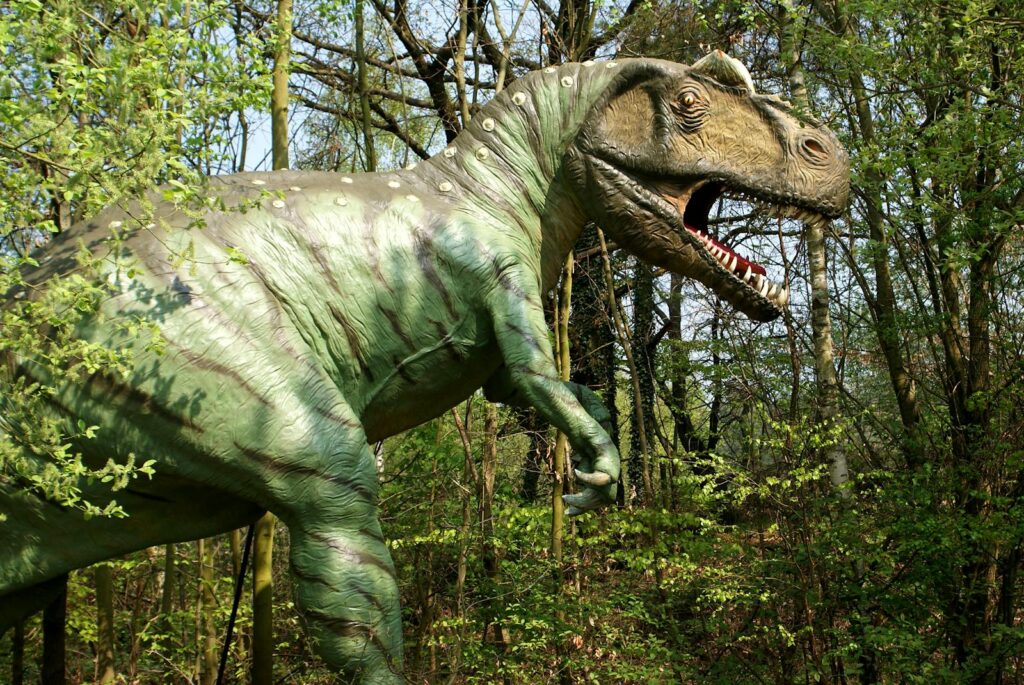
Theropod dinosaurs, the group most closely related to modern birds, demonstrate some of the most complex parenting behaviors in the dinosaur world. Fossils of Citipati, Oviraptor, and Troodon specimens have been discovered brooding directly atop their nests in postures remarkably similar to modern birds. These dinosaurs positioned their bodies with forelimbs spread symmetrically across their egg clutches, suggesting they were actively warming and protecting their eggs.
The presence of well-developed brain cases in theropods indicates cognitive capabilities that could support sophisticated parental behaviors. Trackway evidence showing adults walking alongside smaller juveniles of the same species further suggests that extended family groups may have stayed together beyond the nesting period, potentially allowing for protection, feeding assistance, and behavioral learning among growing offspring.
Parental Protection Against Predators
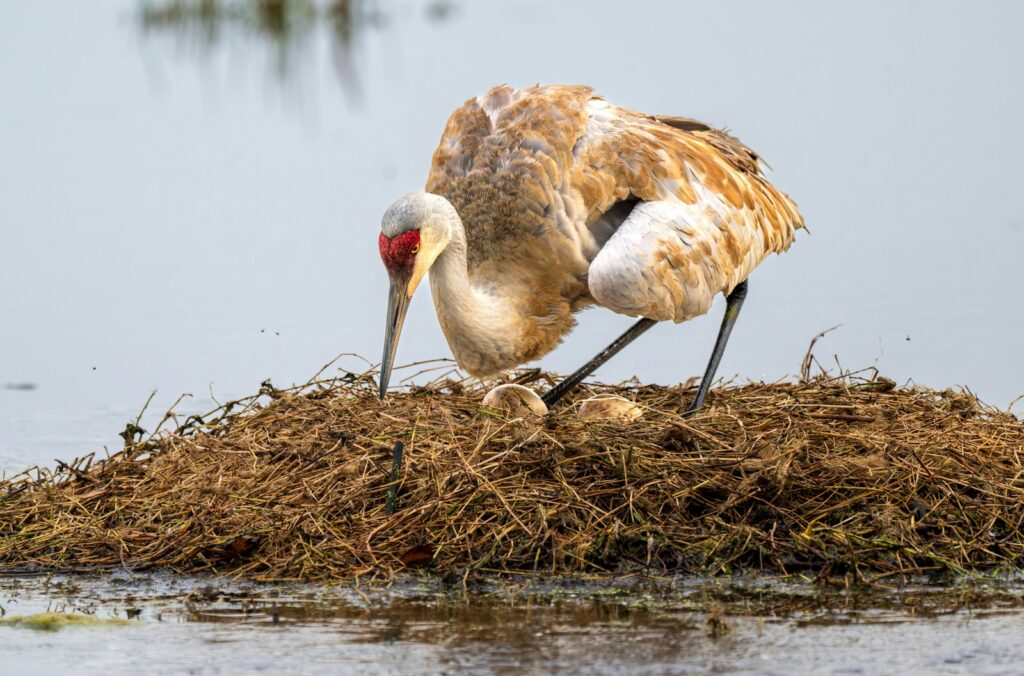
Protecting vulnerable eggs and hatchlings from predators represented a significant parenting challenge for dinosaurs. Fossil evidence indicates multiple defensive strategies evolved across different groups. Some dinosaurs, including ankylosaurs and ceratopsians, likely used their armored bodies and defensive weapons to guard their young against threats. Maiasaura nests show evidence of adults remaining nearby even after eggs hatched, suggesting ongoing protection during early development.
The discovery of juvenile dinosaurs in groups with adults indicates some species maintained family units for protection, similar to modern elephants or buffalo. Trackway evidence of adults surrounding juveniles during movement suggests defensive formations that placed adults as barriers between potential predators and vulnerable offspring.
Feeding Strategies for Dinosaur Offspring
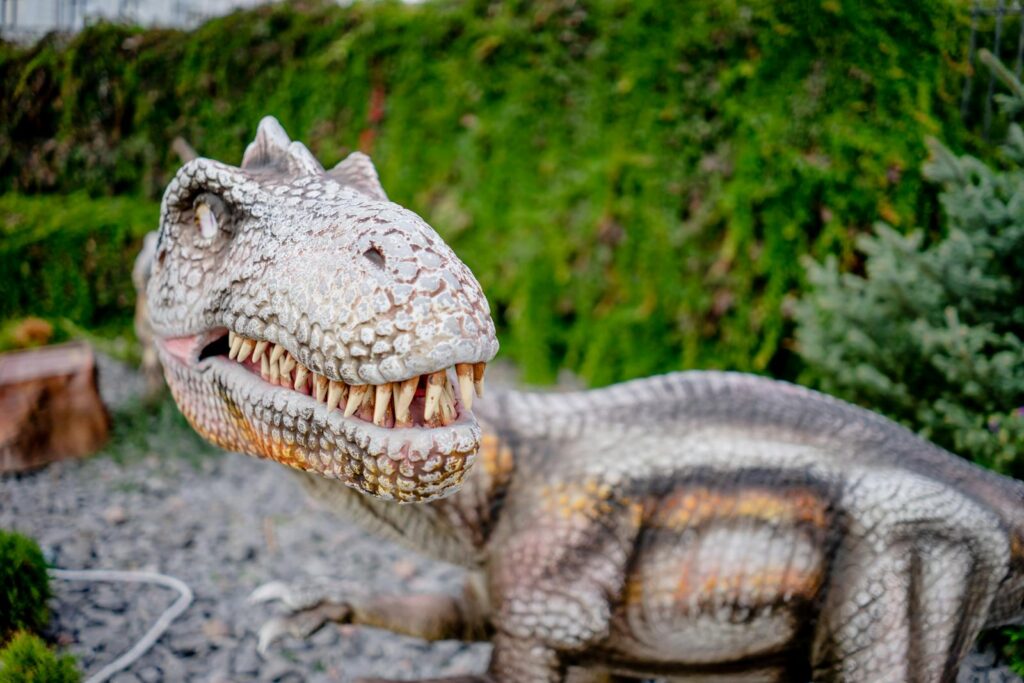
How dinosaur parents fed their young varies significantly across different groups and likely evolved over time. Carnivorous theropods possibly brought prey items back to their nests or regurgitated partially digested food for their hatchlings, similar to modern birds of prey. Herbivorous dinosaurs may have led their young to accessible feeding grounds with appropriate vegetation for developing digestive systems.
Some hadrosaur nests contain preserved plant material that might represent parental food provisions. The worn teeth found in very young hadrosaurs suggest they began feeding on vegetation early, possibly with parents directing them to suitable food sources. For dinosaurs with slower-developing offspring, parents likely played a crucial role in food acquisition during extended periods of juvenile dependency.
Growth Rates and Extended Parental Care

Examining dinosaur bone microstructure has revealed remarkable insights into growth patterns and dependency periods. Unlike most modern reptiles, dinosaurs exhibited rapid growth rates more similar to birds and mammals, suggesting higher metabolic rates and potentially more intensive parental care. Many dinosaur species show evidence of remaining with parents well beyond the hatching phase, sometimes for years.
Maiasaura (meaning “good mother lizard”) nests contain juveniles at different growth stages, indicating they remained in family groups while developing. Bone studies of Tyrannosaurus rex suggest juveniles underwent dramatic dietary shifts during development, potentially reflecting different hunting capabilities and parental provisioning during growth. This extended care period would have allowed for complex skill acquisition necessary for survival in dynamic prehistoric environments.
The Evolution of Parental Care in Dinosaurs
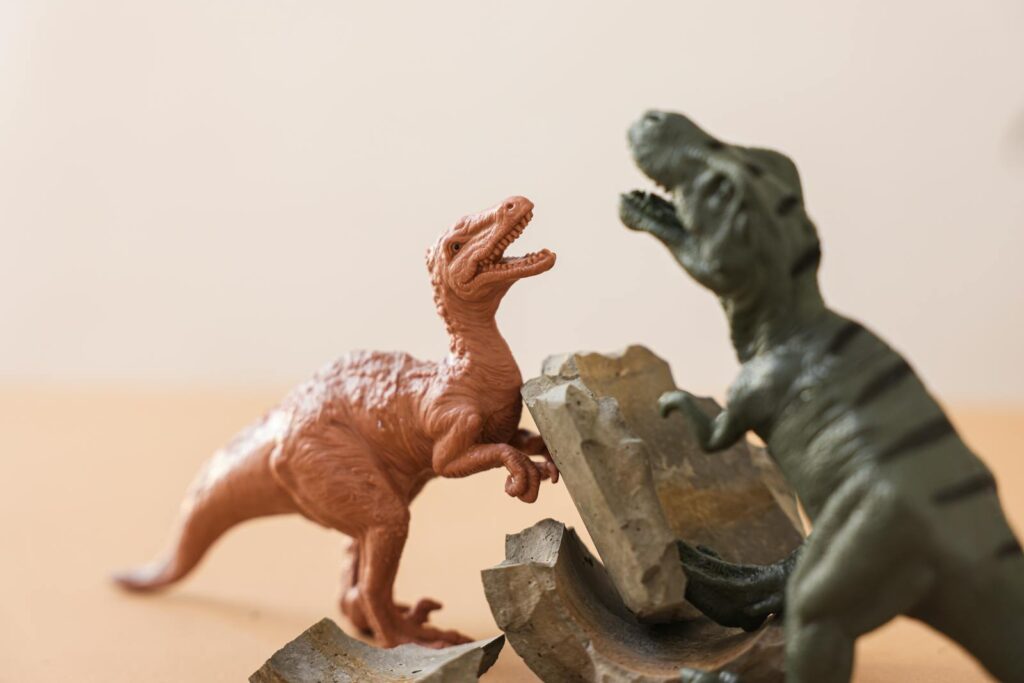
Parental care behaviors in dinosaurs didn’t appear suddenly but evolved gradually over millions of years. The earliest dinosaur ancestors likely employed minimal parenting strategies similar to modern reptiles, laying eggs and providing limited attendance. As dinosaurs diversified through the Triassic, Jurassic, and Cretaceous periods, parenting behaviors became increasingly sophisticated. This evolutionary progression closely tracks the development of endothermy (warm-bloodedness) and increased metabolic rates in certain dinosaur lineages.
The most advanced parenting behaviors appeared in the theropod lineage leading to birds, where we see evidence of direct brooding, nest guarding, and extended post-hatching care. This progression demonstrates that the intensive parenting observed in modern birds has deep evolutionary roots extending back over 100 million years into the dinosaur era.
Maiasaura: The “Good Mother Lizard”
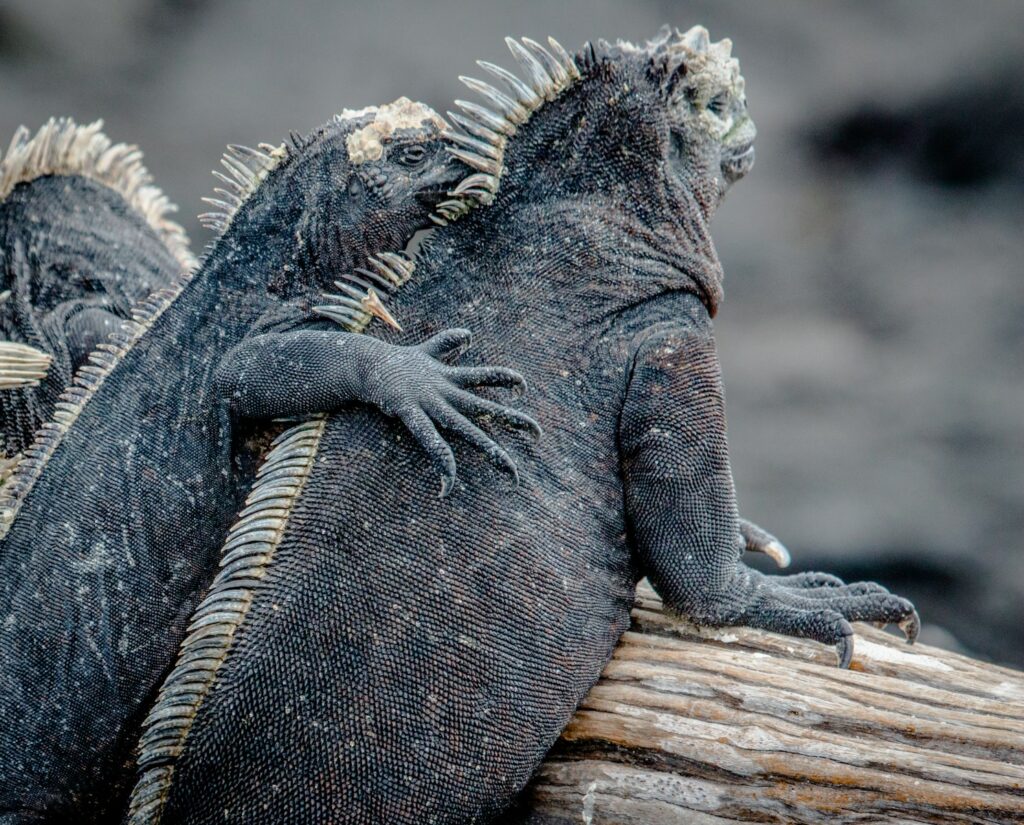
Maiasaura holds special significance in our understanding of dinosaur parenting, even earning its name meaning “good mother lizard” based on extraordinary fossil evidence of parental care. Discovered in Montana in the 1970s, Maiasaura nesting sites contained eggs, hatchlings, juveniles, and adults together, providing a comprehensive picture of family life. Analysis of these fossils revealed that hatchlings had underdeveloped leg bones, suggesting they couldn’t immediately leave the nest upon hatching.
The presence of crushed eggshells mixed with the nest material indicates parents didn’t remove shells but instead incorporated them into the nest structure. Growth rings in juvenile bones show rapid development while still nest-bound, suggesting parents brought food to their young rather than offspring foraging independently. This evidence collectively paints a picture of dinosaurs as attentive parents with altricial (dependent) young, challenging earlier views of dinosaurs as uncaring reptiles.
Comparing Dinosaur Parenting to Modern Birds
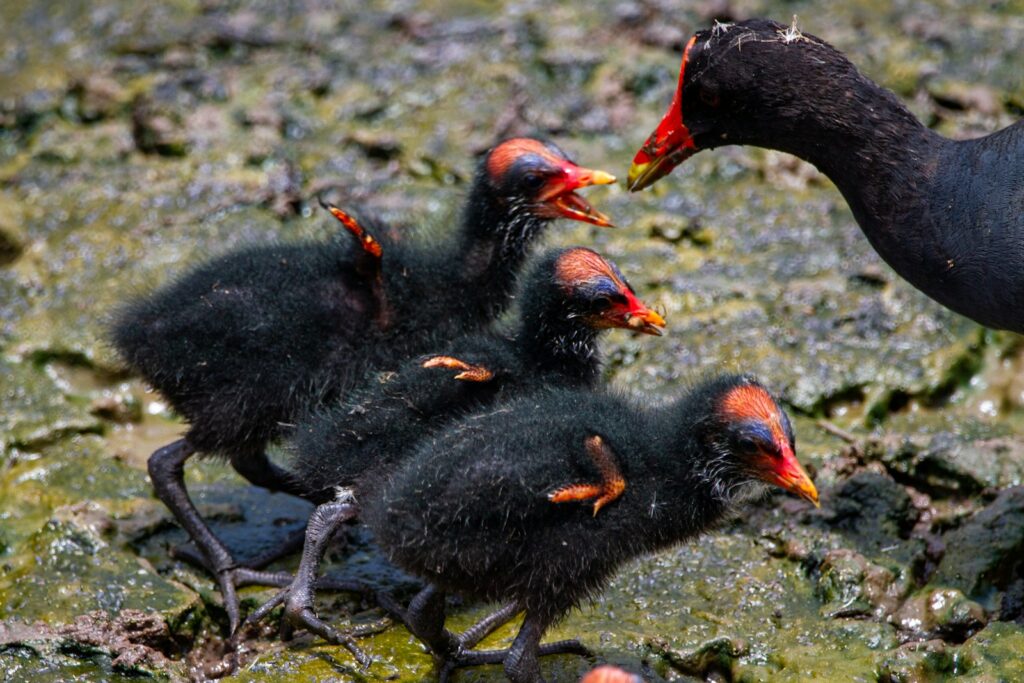
The parenting behaviors of dinosaurs share remarkable similarities with their living descendants—birds—providing further evidence of their evolutionary relationship. Modern birds demonstrate a spectrum of parental investment, from precocial species (like chickens) whose chicks can move and feed shortly after hatching to altricial species (like eagles) whose young require extended parental care. Evidence suggests similar diversity existed among dinosaurs.
The brooding postures of oviraptorids mirror those of nesting birds, with adults positioning themselves directly over egg clutches for warmth and protection. Nest construction techniques using vegetation and soil appear in both groups. The regurgitative feeding behavior observed in modern birds likely evolved from dinosaur ancestors who used similar methods to nourish their young. These parallels not only confirm the dinosaur-bird evolutionary connection but also help paleontologists reconstruct dinosaur behaviors that don’t fossilize directly.
Conclusion: Redefining Dinosaur Family Life

Image by Anton Nikolov, via Unsplash
Our understanding of dinosaur parenting has undergone a remarkable transformation over recent decades. Far from being the cold, uncaring reptiles once portrayed in popular culture, many dinosaurs appear to have been attentive parents who invested significant resources in the survival of their offspring. From elaborate nest construction and egg incubation to extended periods of protection and provisioning, dinosaur parenting behaviors rivaled those of many modern birds and mammals in complexity.
This revised perspective not only enriches our appreciation of dinosaur biology but also highlights the deep evolutionary roots of parental care that would later flourish in avian descendants. As paleontological techniques continue to advance, we can expect even more nuanced insights into the family lives of these extraordinary prehistoric creatures, further bridging the gap between the ancient past and the diverse parenting strategies observed in animals today.




